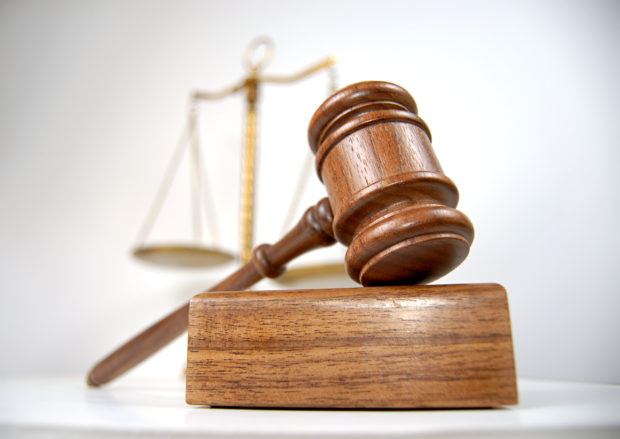Over the last 30 years, natural catastrophe modeling has transformed property insurance. When Hurricane Andrew devastated Florida in August 1992, seven domestic insurance companies and one foreign insurer became insolvent, according to the Insurance Information Institute. In 2017, the insurance industry is likely to absorb three hurricanes comparable to Andrew (Harvey, Irma and Maria), but it is likely that no insurance insolvencies will result. The difference is that with the adoption of natural catastrophe modeling after Andrew, insurers now efficiently transfer natural catastrophe risk to global reinsurers and capital markets.
Executive Summary
As latency catastrophes silently emerge, insurance carriers face a dual problem: understanding how and when scientific theory reaches a tipping point giving rise to lawsuits, and then dealing with questions of coverage triggers and allocation of claims under occurrence liability policies. Praedicat, which has been tackling the first problem in recent years, has just released a model of the occurrence form to address the allocation issue.Liability insurance is subject to a different kind of catastrophe that has also resulted in multiple insurer insolvencies over the last 30 years: latency catastrophe. Asbestos, pollution and pharmaceutical litigation are examples of latency catastrophe; all resulted in multiple insurer insolvencies and billions of dollars of losses for insurers. Latency catastrophe is one of several types of catastrophes that are increasingly receiving the attention of modeling companies, reinsurers and brokers under the larger umbrella of casualty catastrophe modeling. Casualty catastrophe modeling promises to drive significant innovation in casualty insurance and reinsurance while also supporting better solvency practices.
































